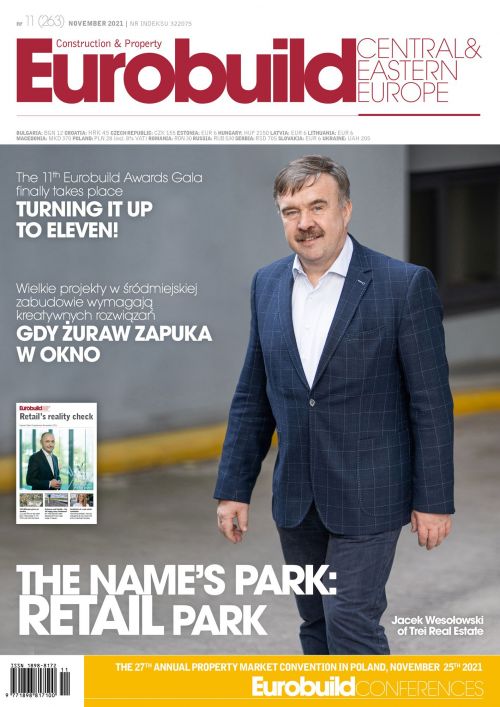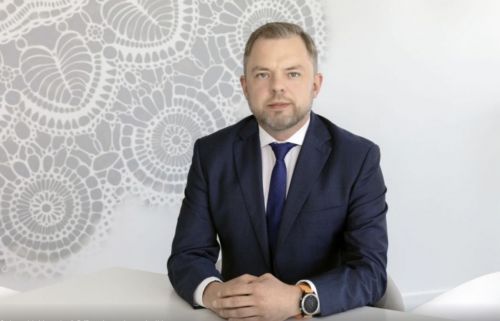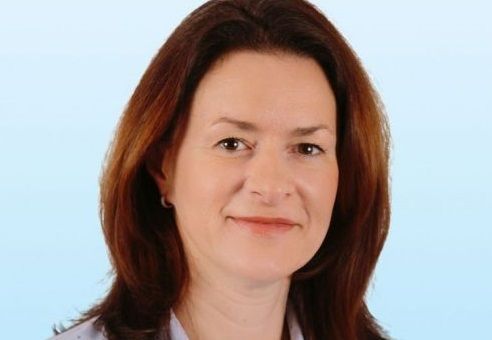But it’s not only the state of the economy and the continuing impact of the pandemic that have dampened the investor sentiment over the last few weeks. In September, the global markets were hit by reports that Chinese residential developer Evergrande is having problems meeting its current financial obligations – mainly the interest on the debt it owes, which in total comes to around USD 305 bln. As a result, what had been quite a bright start to September ended with declines on the stock exchanges in Europe and America. The difficulties faced by China’s largest developer threaten the country’s entire economy as well as the those throughout Asia, which in turn would have a knock-on effect globally. But just for a brief moment, even Evergrande’s woes were eclipsed by unexpected decisions taken by the US Federal Reserve. As it turned out, interest rates were not increased (even though inflation in the US has hit 5 pct), but it was revealed that quantitative e






























































